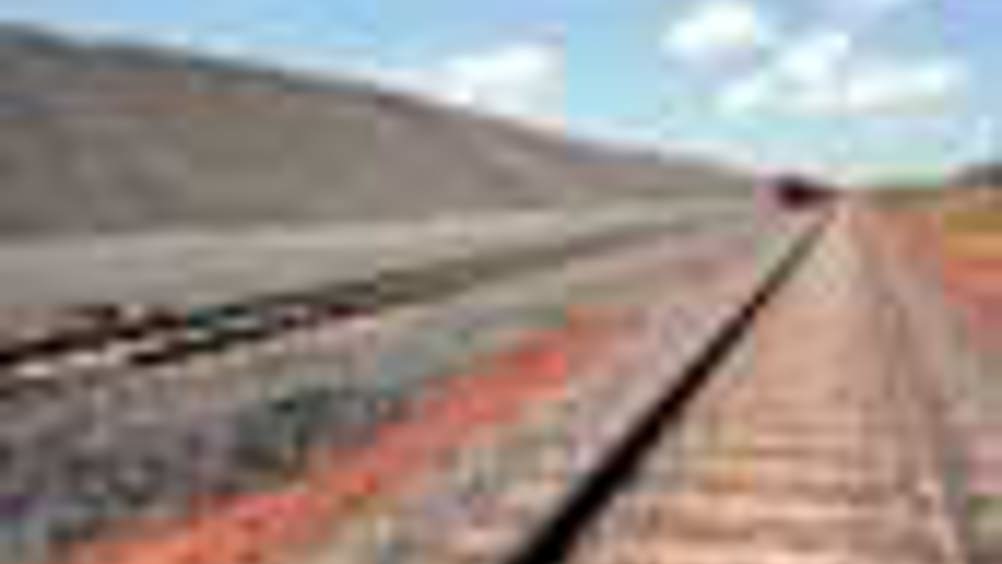Speed challenge train unveiled

A train designed by Alstom to challenge the world rail speed record was unveiled in Paris on Monday as part of the ‘French Excellence in Very High Speed Rail Transport’ programme.
The train that will perform the record run, dubbed ‘V150’ after it’s target speed of 150 metres per second, was showcased at the SNCF's European East Technicenter.
The attempt on the rail speed record is organised by Réseau Ferré de France, Alstom Transport and SNCF. Beyond the technical achievement, the trials conducted at very high speed serve as a real-life test of the performance and reliability of the infrastructure and material.
The attempt on the record rounds off a programme of trials designed to test, measure and validate the aerodynamic behaviour and stability of the trainset, its bogies, current collection capabilities, the quality of wheel-rail contact, the behaviour of the new AGV traction equipment and of the track, tunnels, bridges and overhead line.
Register now to continue reading
Thanks for visiting The Engineer. You’ve now reached your monthly limit of news stories. Register for free to unlock unlimited access to all of our news coverage, as well as premium content including opinion, in-depth features and special reports.
Benefits of registering
-
In-depth insights and coverage of key emerging trends
-
Unrestricted access to special reports throughout the year
-
Daily technology news delivered straight to your inbox










Fusion inches closer as ITER completes magnet system
I believe the purpose of ITER isn't to make usable power, it is a research project which will be used to design the first generation of actual...